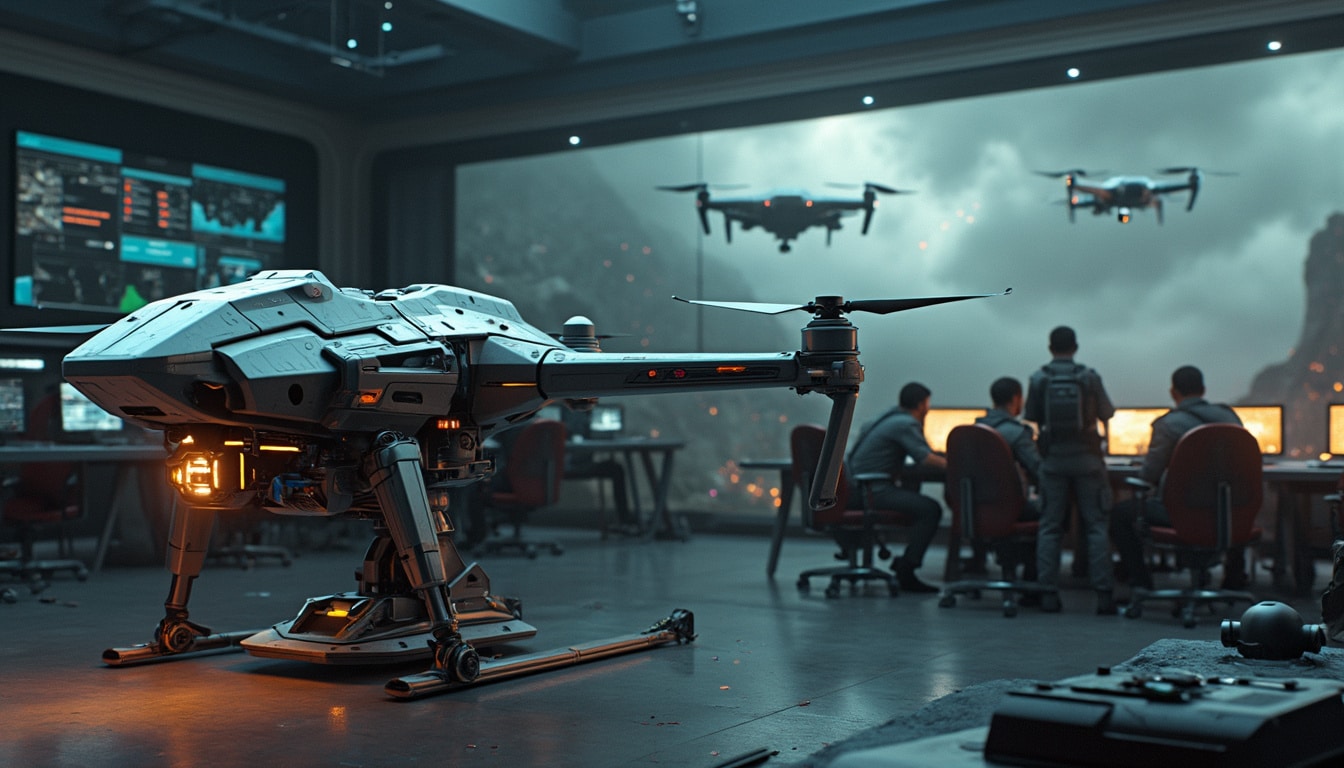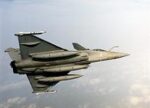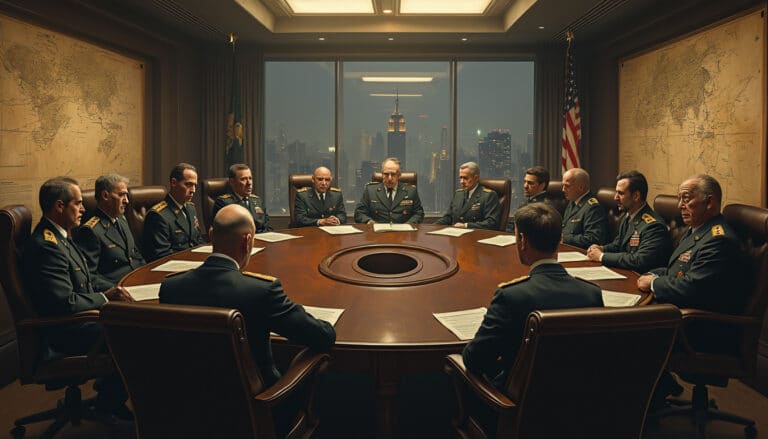The Pentagon’s drone program ‘Replicator’ represents a bold initiative aimed at modernizing and strengthening the military capacity of the United States in response to China’s rising power. After a promise to deliver thousands of affordable drones in just two years, questions remain about the sustainability and scope necessary for the program. Financial challenges, risk-averse bureaucracy, and growing strategic needs expose an uncertain future for this much-anticipated initiative among military leaders. Indeed, while the project has garnered bipartisan support, the question remains: will the program be able to expand sufficiently to meet the demands of a new era of conflict?
The drone program ‘Replicator’ of the Pentagon, launched with the goal of enhancing the military response of the United States to the Chinese threat, is facing growing uncertainties about its future. Although it has received bipartisan support, questions remain about its sustainability and production capacity. Military officials advocate for the expansion of the program to meet the growing demand for high-tech equipment. Despite progress, challenges of a robust manufacturing capacity and rapid innovation will remain crucial to ensure the success of this bold initiative.

The drone program ‘Replicator’ of the Pentagon is an ambitious initiative that aims to revolutionize how the United States approaches warfare. This program was launched with the intention of equipping the American military with a fleet of highly efficient drones tailored to the contemporary needs of the battlefield. However, despite its potential, many experts point out that the future of the program is fraught with uncertainties, particularly due to financial and bureaucratic challenges that could hinder its implementation.
Table des matières
ToggleOperational and Logistical Challenges of the Program
One of the crucial challenges facing the ‘Replicator’ program lies in the ability to produce a sufficient number of drones. The explosion in defense capacity needs, particularly in response to the Chinese threat, requires an acceleration of production that is not always feasible in a slow and cumbersome bureaucratic context. The difficulty in sourcing spare parts and high-tech equipment also poses a major obstacle that could slow not only production but also the operational integration of drones in the field.
Perspectives and Geopolitical Implications
Beyond internal challenges, the ‘Replicator’ program raises pertinent geopolitical questions. The inability to quickly develop and deploy these drones could leave the United States lagging behind other nations that are heavily investing in their own military capabilities. The rise of drones in China, for example, could change the balance of power, resulting in significant repercussions for American defense strategy. Observers are also questioning the political support necessary to keep the program viable in the long run, as other budgetary priorities may come into play.
























